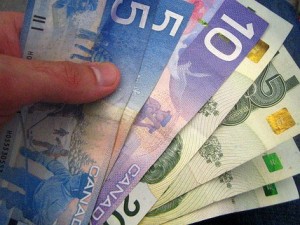What the new Harmonized Sales Tax means to you
 If you’re living in, or moving to, British Columbia or Ontario, you need to know about the new Harmonized Sales Tax, or HST.
If you’re living in, or moving to, British Columbia or Ontario, you need to know about the new Harmonized Sales Tax, or HST.
This new tax is scheduled to take effect in B.C. and Ontario on July 1, 2010. The rate will be 12 percent in B.C. and 13 percent in O.N.
Most purchases in Canada are subject to both a five percent federal Goods and Services Tax (GST) and an additional Provincial Sales Tax (PST) of 7-8 percent, depending on the province.
The HST is essentially a combination of the GST and PST. And in B.C. and Ontario, some items that were previously exempt from PST will now be subject to the HST.
For example, in B.C., consumers previously paid only the federal GST of five percent on restaurant meals, basic cable TV service, local residential telephone service, over-the-counter medications, and movie tickets. Beginning in July, these items will now be subject to the new 12 percent HST instead.
In Ontario, products and services such as electricity and and home heating, Internet access services, home renovations, hotel rooms, and gasoline are among those subject to the new 13 percent HST.
The Globe & Mail has a useful article about the HST and what it will cost residents of these two provinces.
For a complete list of how the HST will affect B.C. residents, go to the B.C. government’s “What’s Taxable and What’s Not†list.
In Ontario, see the government’s “What’s Taxable Under the HST and What’s Not?” page.
Several provinces in Atlantic Canada — Nova Scotia, New Brunswick, and Newfoundland and Labrador — previously replaced the GST/PST combination with an HST. The HST in New Brunswick and in Newfoundland and Labrador is 13 percent, while Nova Scotia’s HST will become the highest in Canada on July 1, 2010 when the rate increases from 13 to 15 percent.
Confused yet? Then move to Alberta, which has no provincial sales tax or HST.
For general information about the GST and HST, have a look through the Canada Revenue Agency’s GST/HST information pages.
Canadian currency photo by rick (flickr)




















